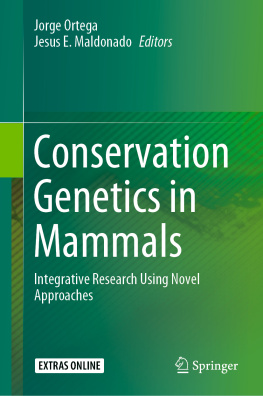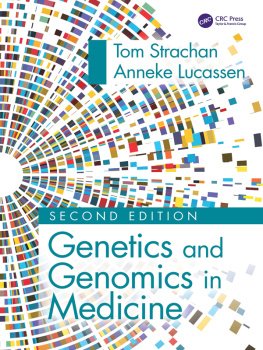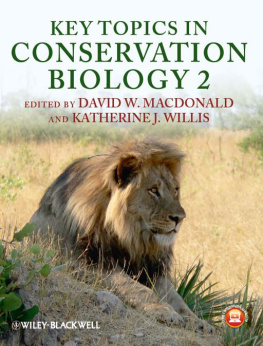Jorge Ortega (editor) - Conservation Genetics in Mammals: Integrative Research Using Novel Approaches
Here you can read online Jorge Ortega (editor) - Conservation Genetics in Mammals: Integrative Research Using Novel Approaches full text of the book (entire story) in english for free. Download pdf and epub, get meaning, cover and reviews about this ebook. year: 2020, publisher: Springer, genre: Romance novel. Description of the work, (preface) as well as reviews are available. Best literature library LitArk.com created for fans of good reading and offers a wide selection of genres:
Romance novel
Science fiction
Adventure
Detective
Science
History
Home and family
Prose
Art
Politics
Computer
Non-fiction
Religion
Business
Children
Humor
Choose a favorite category and find really read worthwhile books. Enjoy immersion in the world of imagination, feel the emotions of the characters or learn something new for yourself, make an fascinating discovery.
- Book:Conservation Genetics in Mammals: Integrative Research Using Novel Approaches
- Author:
- Publisher:Springer
- Genre:
- Year:2020
- Rating:4 / 5
- Favourites:Add to favourites
- Your mark:
Conservation Genetics in Mammals: Integrative Research Using Novel Approaches: summary, description and annotation
We offer to read an annotation, description, summary or preface (depends on what the author of the book "Conservation Genetics in Mammals: Integrative Research Using Novel Approaches" wrote himself). If you haven't found the necessary information about the book — write in the comments, we will try to find it.
The book also demonstrates how recent advances in genetic/genomic technologies have been applied to assess the impact of environmental/anthropogenic changes on the health of small populations of mammals. It examines a range of issues in the field of mammalian conservation genomics, such as the role that the genetic diversity of the immune system plays in disease protection and local adaptation; the use of noninvasive techniques and genomic banks as a resource for monitoring and restoring populations; the structuring of population by physical barriers; and genetic diversity. Further, by integrating research from a variety of areas including population genetics, molecular ecology, systematics, and evolutionary and conservation biology it enables readers to gain a deeper understanding of the conservation biology of mammals that are at increasing risk of extinction at local, regional and global scales. As such, it offers a unique resource for a broad readership interested in the conservation biology of mammals and conservation management strategies to better preserve biodiversity.
Jorge Ortega (editor): author's other books
Who wrote Conservation Genetics in Mammals: Integrative Research Using Novel Approaches? Find out the surname, the name of the author of the book and a list of all author's works by series.







